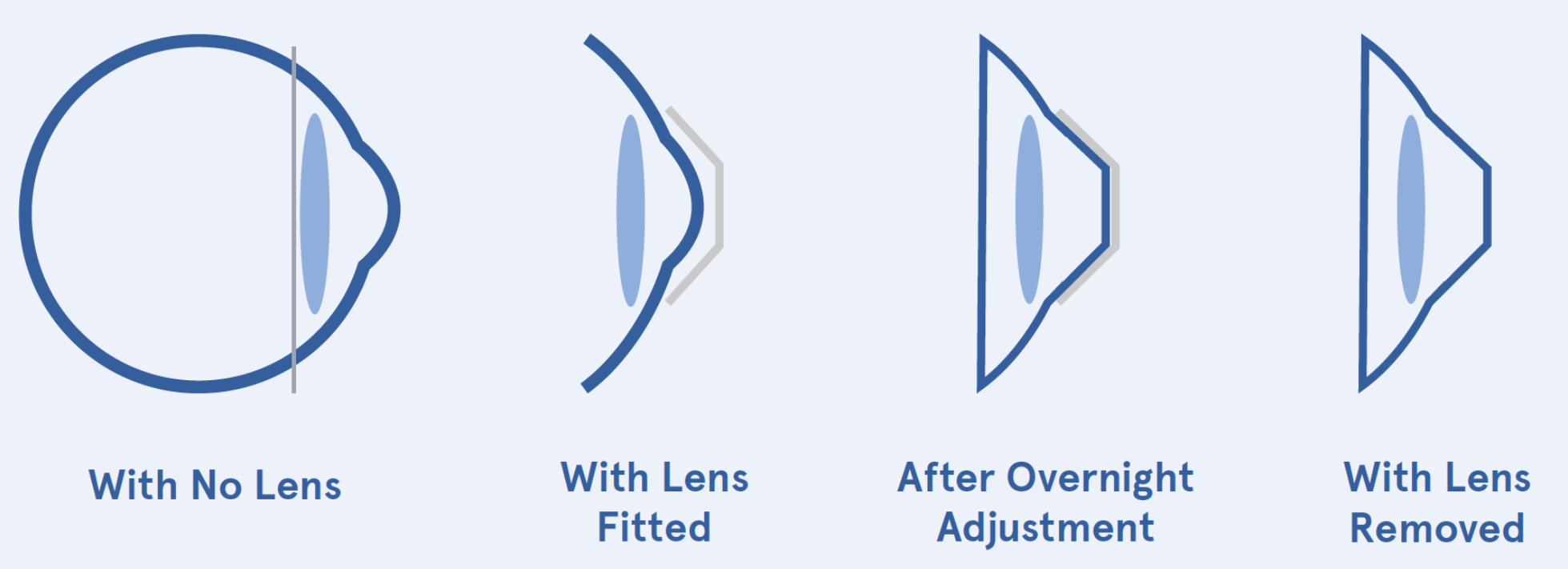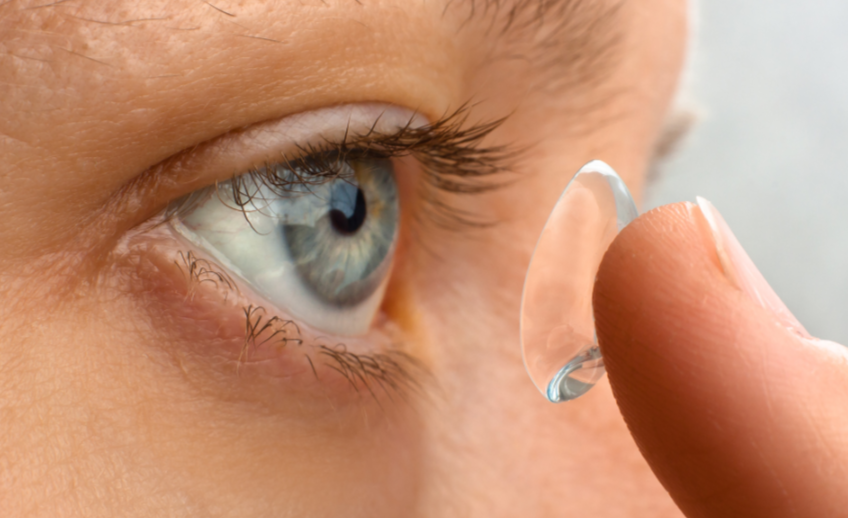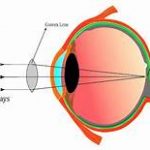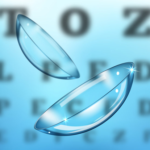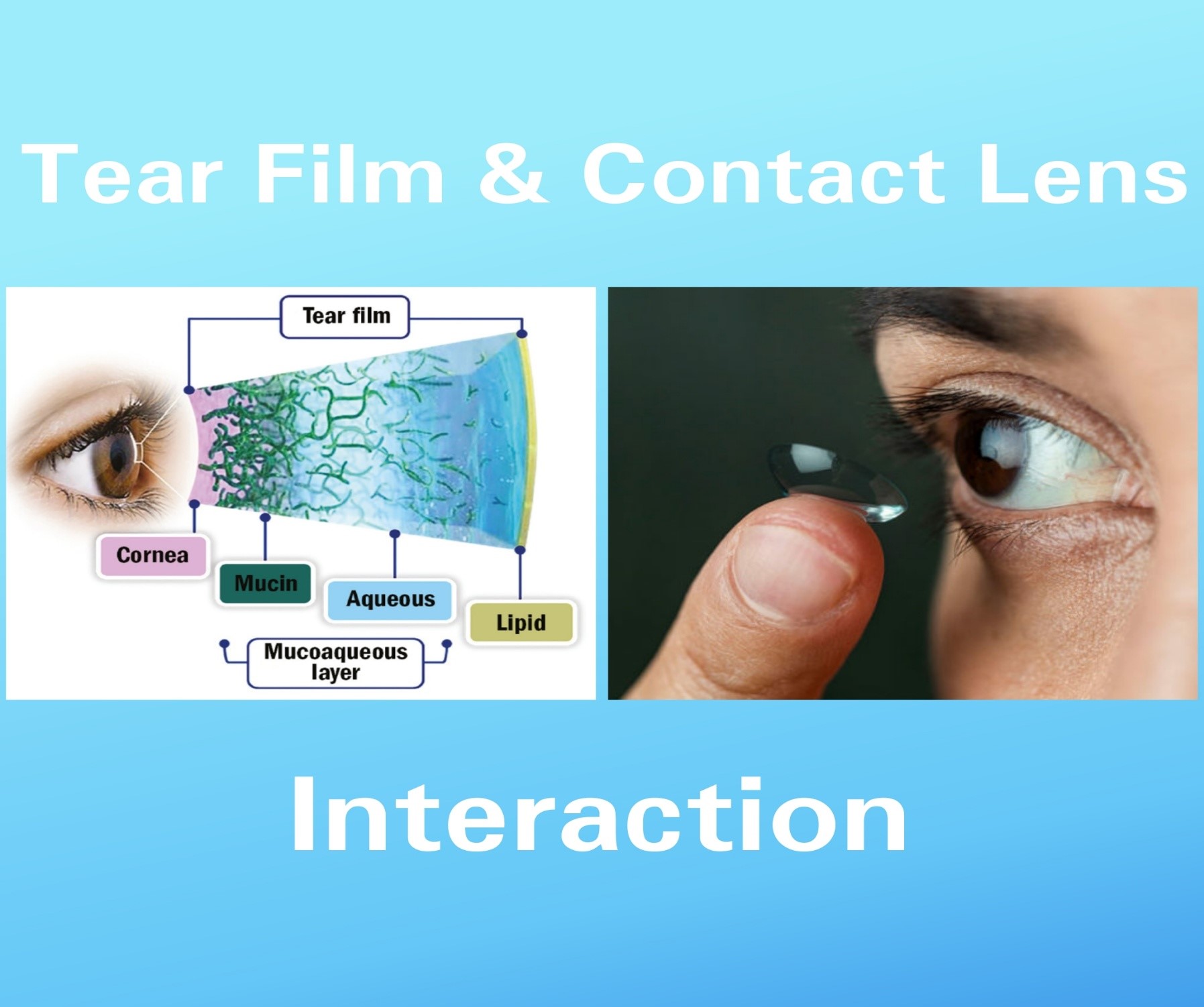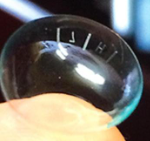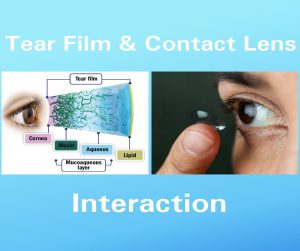Ortho-K Lenses: The Overnight Solution to Clear
Vision
Imagine waking up in the morning, removing your contact lenses, and enjoying crystal-clear vision
throughout the entire day—without the need for glasses, daytime lenses, or even surgery. Sounds futuristic, right? This is not science fiction; it’s the magic of Orthokeratology (Ortho-K) lenses, a revolutionary approach to vision correction that’s gaining popularity worldwide.
What Are Ortho-K Lenses?
Orthokeratology (Ortho-K) is a non-surgical vision correction technique that uses specially designed gas-permeable contact lenses. These lenses are
worn overnight while you sleep. By gently reshaping the cornea (the clear front part of the eye), they temporarily correct refractive errors like myopia and mild astigmatism.
When you wake up and remove the lenses, your eyes maintain the new corneal shape, giving you clear vision throughout the day—no glasses, no
contact lenses.
Think of it as a natural, reversible alternative to LASIK surgery—without the risks or permanent changes.
How Do Ortho-K Lenses Work?
The science behind Ortho-K is fascinating yet simple. Here’s a breakdown:
a. Gentle reshaping of the cornea: Ortho-K lenses apply light pressure to the cornea, redistributing its epithelial cells.
b. Flattening the cornea: In myopia, the cornea is too curved, causing light to focus in front of the retina. Ortho-K flattens the cornea, shifting the focal point back onto the retina.
c. Temporary effect: The reshaping effect lasts for about 24–48 hours. That’s why Ortho-K lenses need to be worn nightly (or every other night in
some cases) to maintain clear vision.
Who Can Benefit from Ortho-K Lenses?
Ortho-K isn’t for everyone, but it’s particularly
effective for certain groups:
1. Children with Myopia
Myopia progression in children is a growing global concern. Studies show that Ortho-K can slow down axial elongation of the eye by up to 50%, significantly reducing the risk of severe myopia in adulthood.
2. Adults with Mild to Moderate Myopia
Adults who don’t want to rely on glasses or are not good candidates for LASIK can enjoy clear vision with Ortho-K.
3. People with Active Lifestyles
Athletes, swimmers, and outdoor enthusiasts love Ortho-K because it frees them from the hassle of glasses or contact lenses during the day.
4. Those Who Want a Non-Surgical Option
Unlike LASIK, Ortho-K is non-invasive and completely reversible. If you stop wearing the lenses, your cornea gradually returns to its original
shape.
Benefits of Ortho-K Lenses
Let’s explore why Ortho-K lenses are becoming so
popular:
1. Daytime Freedom
No glasses, no daytime lenses—just clear, natural vision all day.
2. Myopia Control in Children
One of the biggest benefits is slowing down myopia progression, reducing the risk of future complications like retinal detachment or glaucoma.
3. Non-Surgical & Reversible
Unlike LASIK, there’s no permanent alteration of the cornea. Stop using Ortho-K, and your vision returns to its previous state.
4. Improved Confidence & Lifestyle
Many users feel more confident and comfortable engaging in sports, social activities, or daily tasks without dependency on glasses.
5. Safe for Long-Term Use
With proper care and hygiene, Ortho-K lenses are safe and effective for years.
Are There Any Risks?
Like any medical device, Ortho-K lenses come with potential risks if not used correctly:
a. Eye Infections: Improper cleaning can lead to microbial keratitis.
b. Discomfort: Some users experience initial discomfort, but this usually improves with regular use.
c. Temporary Visual Distortions: Halos or glare around lights at night can occur in the adjustment phase.
What Is the Ortho-K Fitting Process Like?
Getting started with Ortho-K involves a few steps:
1. Comprehensive Eye Exam
Your optometrist evaluates your eye health, prescription, and corneal shape using advanced topography scans.
2. Custom Lens Design
Ortho-K lenses are custom-made based on your eye’s unique curvature.
3. Trial & Training
You’ll be taught how to insert, remove, and care for the lenses.
4. Adjustment Period
Clear vision is usually noticeable after the first night, but it may take 1–2 weeks for full correction.
5. Follow-Up Visits
Regular check-ups ensure the lenses are working effectively and safely.
Ortho-K vs LASIK: Which one is better
a. Age Factor
Ortho-K: Suitable for children, teenagers, and adults (especially effective for controlling myopia in kids).
LASIK: Usually only allowed after 18 years of age, and only if the prescription is stable.
b. Prescription Stability
Ortho-K: Can be used even if the prescription is not stable—ideal for growing children.
LASIK: Requires a stable prescription for at least 1–2 years.
c. Reversibility
Ortho-K: Fully reversible—if you stop using the lenses, the cornea returns to its natural shape.
LASIK: Permanent changes to the cornea; reversal is difficult and risky.
d. Cost Distribution
Ortho-K: Moderate initial cost with recurring expenses (lens replacements, follow-ups).
LASIK: High one-time cost, but no ongoing expenses in most cases.
e. Myopia Control
Ortho-K: Scientifically proven to slow down the progression of myopia in children.
LASIK: Only corrects vision—it does not prevent myopia from getting worse.
f. Safety Profile
Ortho-K: Risks are mostly related to poor hygiene or improper cleaning (eye infections).
LASIK: Risks are surgical—dry eyes, flap complications, glare, or halos.
g. Lifestyle Impact
Ortho-K: Perfect for athletes, swimmers, or people with active lifestyles since no lenses/glasses are needed during the day.
LASIK: Provides daytime freedom too, but comes with permanent surgical risks.
h. Flexibility in Vision Needs
Ortho-K: If your prescription changes in the future, new custom lenses can be made.
LASIK: If the prescription changes, secondary corrective surgery may be required.

